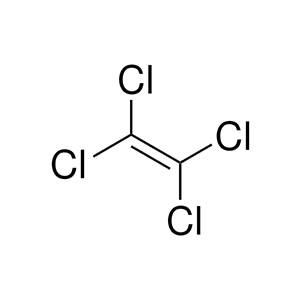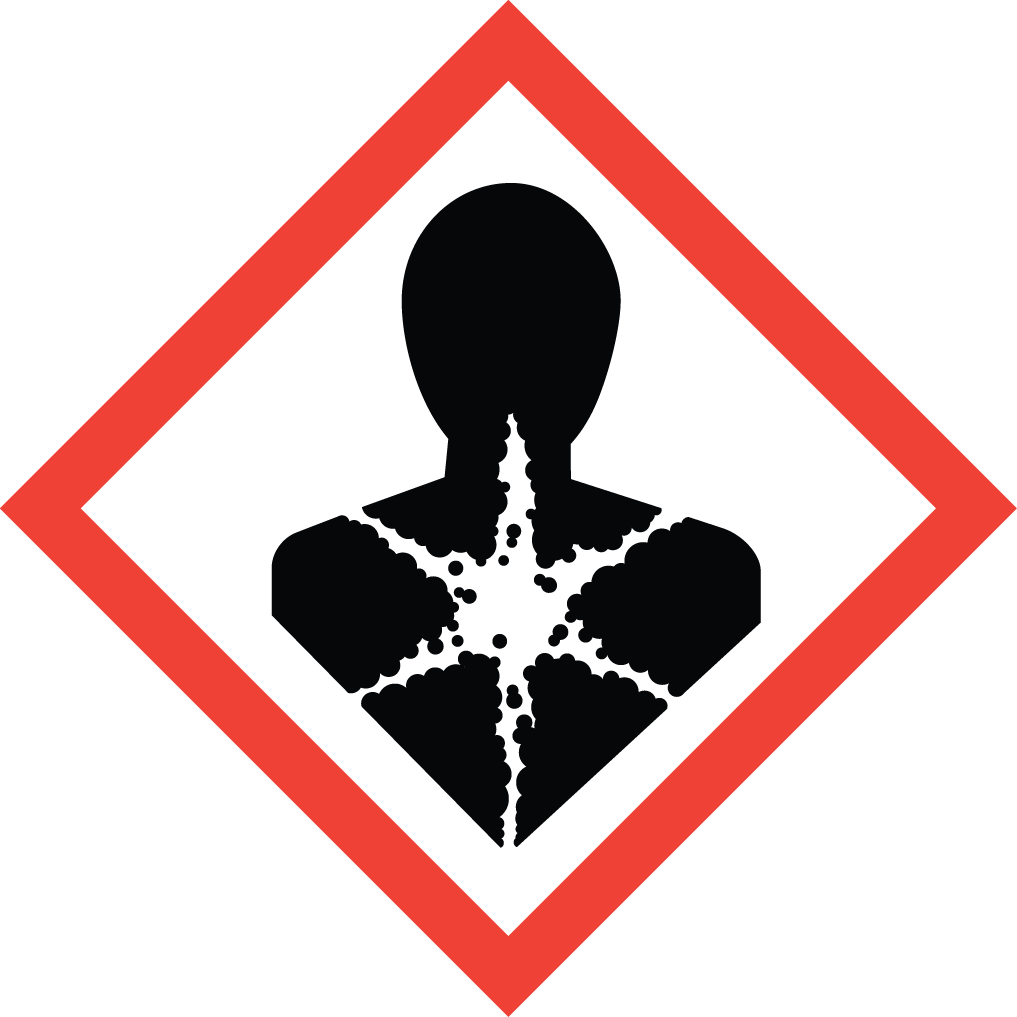High-Purity Tetrachloroethylene (CAS 127-18-4) from Aure Chemical – Your Trusted Source
Aure Chemical is a premier global supplier of high-quality Tetrachloroethylene, commonly known as Perchloroethylene (PCE or PERC). This dense, colorless liquid is a powerful, non-flammable chlorinated solvent, renowned for its exceptional solvency and stability. Its unique properties make it an indispensable compound across various industrial and commercial sectors, primarily in dry cleaning, metal degreasing, and as a significant chemical intermediate. Aure Chemical's high-purity Tetrachloroethylene is meticulously produced to ensure optimal performance for your most demanding applications.
Basic Information of Tetrachloroethylene
Tetrachloroethylene (CAS No. 127-18-4) is rigorously tested and produced to meet stringent quality standards. We ensure exceptional purity and consistent performance, essential for your operations:
| CAS No.: | 127-18-4 |
|---|
| EC No.: | 204-825-9 |
|---|
| Linear Formula: | C₂Cl₄ |
|---|
| Molecular Weight: | 165.83 |
|---|
| Appearance: | Transparent Liquid |
|---|
| Odor: | Distinctive, ethereal odor. |
|---|
| Melting point: | -22 °C (lit.) |
|---|
| Boiling point: | 121 °C (lit.) |
|---|
| Density: | 1.623 g/mL at 25 °C (lit.) |
|---|
| Solubility: | Very slightly soluble in water; miscible with most organic solvents. |
|---|
| Flash point: | 120-121°C |
|---|
| Nature: | Non-flammable liquid. Harmful if swallowed or inhaled, irritating to skin and eyes, classified as a probable human carcinogen. |
|---|
| RIDADR: | UN 1897 6.1/PG 3 |
|---|
| Chemical Structure: |  |
|---|
Our commitment to delivering high-purity Tetrachloroethylene ensures a reliable and efficient component for your critical processes.
Primary Applications of Tetrachloroethylene (Perchloroethylene)
Tetrachloroethylene's potent solvency and non-flammable nature make it an incredibly valuable and versatile chemical with applications across numerous industries:
Dry Cleaning Solvent:
PCE is the most widely used solvent in the dry cleaning industry. Its effectiveness in dissolving oils, greases, and stains without shrinking or damaging fabrics makes it highly preferred.
Metal Degreasing:
It is extensively used in vapor degreasing and cold cleaning operations to remove oils, greases, and other contaminants from metal parts in automotive, aerospace, electronics, and general manufacturing sectors.
Chemical Intermediate:
Tetrachloroethylene serves as an important chemical intermediate in the production of various fluorocarbons (e.g., HFCs, HFOs) and other chlorinated chemicals.
Extraction Solvent:
It is employed as an extraction solvent in the production of fats, oils, and rubber, and in some pharmaceutical processes.
Specialty Applications:
Minor uses include its application in textile processing, as a component in printing inks, and in some specialized adhesive formulations.
Why Choose Aure Chemical for Your Tetrachloroethylene Supply?
Aure Chemical is dedicated to providing superior chemical solutions and unparalleled customer support. By partnering with us for your Tetrachloroethylene requirements, you benefit from:
Exceptional Purity & Consistency: Our Tetrachloroethylene is manufactured to stringent purity specifications, critical for maximizing efficiency in sensitive processes like dry cleaning and ensuring consistent quality in your products.
Reliable Global Supply Chain: We maintain a robust and efficient supply network, guaranteeing timely and secure delivery of this essential chemical to your facilities worldwide, adhering to all strict safety and regulatory standards for hazardous materials.
Expert Technical Support: Our team of experienced chemists and specialists is readily available to offer comprehensive guidance on product application, safe handling procedures, and optimal storage conditions for Tetrachloroethylene.
Commitment to Quality & Safety: We adhere to the highest industry standards for quality management, safety, and environmental responsibility across all our operations, ensuring peace of mind for our clients handling this powerful solvent.
Choose Aure Chemical for a trustworthy and dependable supply of high-quality Tetrachloroethylene (Perchloroethylene). We're ready to support your most demanding and innovative industrial processes.
Hazards Classification for Tetrachloroethylene (CAS No. 127-18-4)
GHS Classification: Health Hazard (GHS08), Environmental Hazard (GHS09)
Hazard Statements: Suspected of causing cancer; causes skin irritation; causes serious eye irritation; may cause drowsiness or dizziness; toxic to aquatic life with long lasting effects.
UN Number: UN 1897
Hazard Class: 6.1 (Toxic Substances)
Packing Group: III
 GHS08: Health hazard
GHS08: Health hazard GHS09: Environmental hazard
GHS09: Environmental hazard
